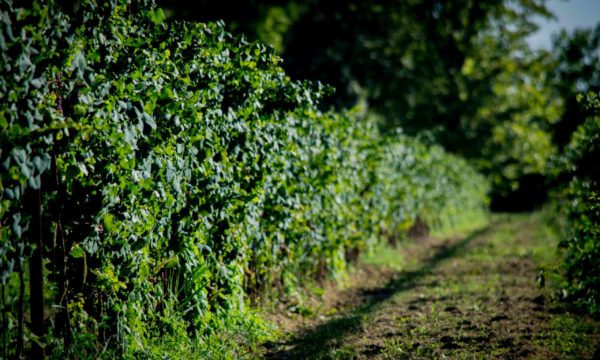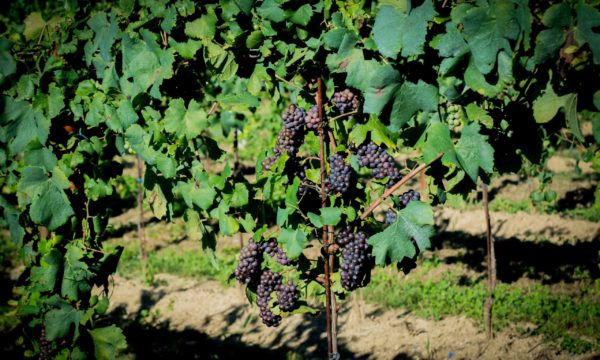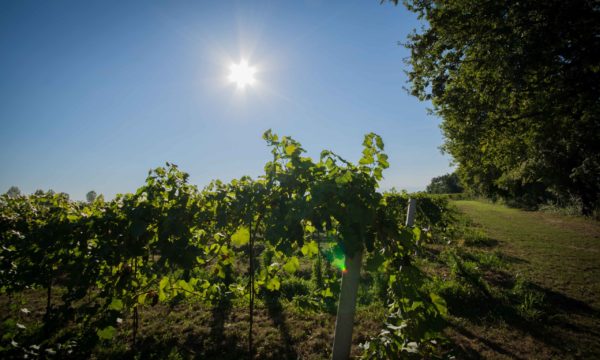TERROIR
Terroir is a delimited geographical space where a human community has built, in the course of history, a collective intellectual knowledge of production, founded on a system of interactions between a physical and biological environment and a set of human factors, within which the itineraries The socio-technics involved reveal an originality, confer atypicality and generate a reputation for a product originating from this terroir.
The combination of soil, climate, vine, cultural, technical and agronomic knowledge is a unique product, which goes from the land to the bottle that gives it high-quality wines.


SOIL
The vine plant does not require fertile soils but instead prefers the rather poor ones that differ according to their composition and texture. The soil on which our vineyards lie is calcareous clayey and not very fertile for which it produces high-quality wines.The land is very important as it is a reserve of water and mineral salts. Moreover, the difference in salt concentration between earth and vine is the force that moves solutions towards the plant.
The vine adapts to any type of soil but the same vine does not give the same grapes if grown in soils with different characteristics. The soil consists of a thin cultivable layer that can be influenced by man’s crops, and an underlying part whose characteristics are given by the original geological conformation. It is here that the roots of the plant absorb the nutritional substances that influence the character of the wine.
PINOT GRIGIO
Mutation of Pinot Noir, a vine of reduced vigor, prefers temperate climates that are not excessively warm and good exposures, with a small cluster with gray-pink skin, light and pruinose; juicy pulp and simple flavor. Vinified in white from a straw-yellow colored wine, perfumed with a dry taste, soft alcohol, rightly acidic, which with a slight aging takes on a very fine bouquet.
If vinified in “ramato” it gives a wine with a slightly bitter taste of fruity body, warm.

